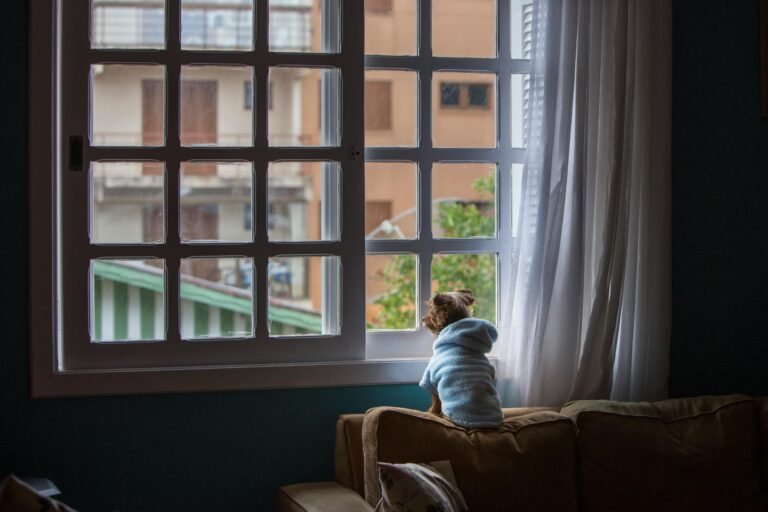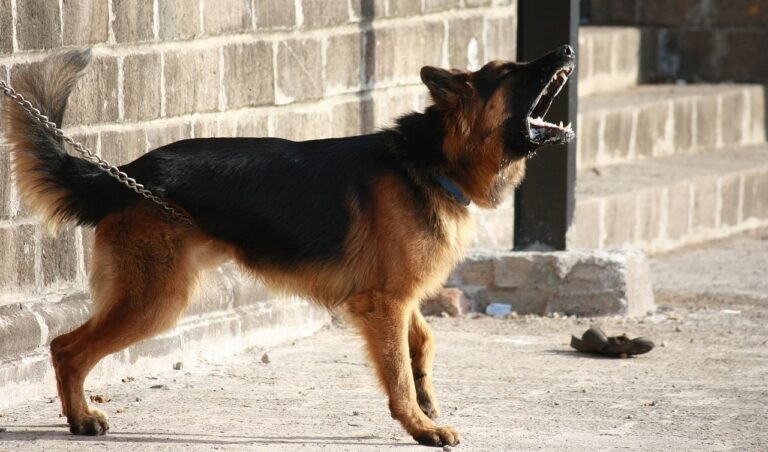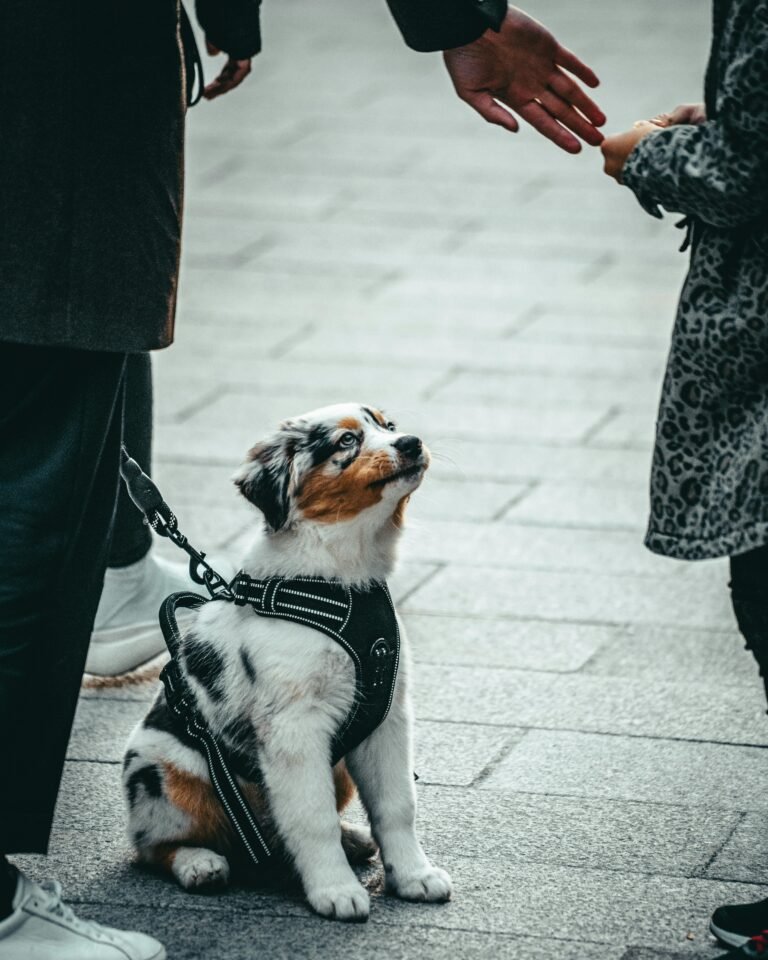Introduction
Socializing your dog isn’t just about letting them play with others—it’s about teaching them how to behave calmly, confidently, and safely around different dogs. Proper socialization builds trust, reduces fear, and prevents aggression or anxiety later in life. Whether you’re raising a new puppy or helping an older dog overcome shyness, the goal is to create positive, controlled experiences that set your dog up for lifelong success around their canine peers.
Why Socialization Matters
Dogs are social creatures, but they don’t automatically know how to interact appropriately. Without structured exposure, some dogs become overly excitable or fearful in new situations. Socialization helps your dog:
- Develop confidence around other dogs and people
- Learn canine body language and communication cues
- Reduce reactivity, anxiety, and aggression
- Handle new environments calmly
Think of socialization as teaching emotional intelligence—it helps your dog read the room and respond appropriately, even in stimulating situations.
When to Start Socializing
The best time to start is early—ideally between 8 and 16 weeks for puppies. But don’t worry if your dog is older. With patience and positive reinforcement, dogs of any age can improve their social skills. For adult dogs, the key is gradual exposure at their comfort level.
Step 1: Start with Calm, Neutral Environments
Before introducing your dog to others, practice calmness in public settings without direct contact. Visit quiet parks, sit near walking paths, or spend time near a dog park fence—just observing. Reward your dog for staying calm and focused on you rather than reacting to other dogs. This builds confidence and helps them associate canine presence with relaxation, not stress.
Step 2: Learn to Read Dog Body Language
Successful socialization starts with understanding communication. Dogs use body language long before they bark or growl. Watch for these signs:
- Relaxed and happy: Soft eyes, loose wagging tail, mouth slightly open.
- Playful: Play bows, bouncing movements, gentle pawing.
- Stressed or fearful: Lip licking, yawning, tucked tail, avoiding eye contact.
- Overstimulated: Stiff posture, fixed stare, raised hackles.
Knowing how to read these cues helps you intervene before tension escalates.
Step 3: Controlled Introductions with a Calm Dog
Start with one friendly, well-mannered dog who won’t overwhelm yours. Choose a neutral space—never your home or the other dog’s territory. Keep both dogs on loose leashes and at a safe distance. Walk parallel to each other, gradually decreasing distance as both dogs relax. Let them sniff briefly, then separate. End the session on a positive note before either dog gets overstimulated.
Step 4: Practice Parallel Walks
Parallel walking is one of the safest, most effective ways to build confidence:
- Walk both dogs side by side (6–10 feet apart).
- Reward your dog for calmly walking without lunging or pulling.
- Gradually decrease the distance as they relax.
- After a few minutes, allow a brief sniff if both dogs seem comfortable.
This technique builds comfort without the pressure of direct interaction.
Step 5: Short, Positive Play Sessions
Once your dog is relaxed around a friendly dog, allow short off-leash play sessions in a secure, fenced area. Keep interactions brief—3 to 5 minutes at first—and always supervise closely. Watch for healthy play signals like taking turns chasing, play bows, and breaks between bursts of energy. Interrupt gently if play gets too rough or one dog seems overwhelmed.
Step 6: Rotate Environments and Dog Types
Socialization is about variety. Once your dog is comfortable, expose them to different dogs—sizes, breeds, ages, and play styles. Do this gradually and always pair new introductions with positive reinforcement. Practice in multiple settings: quiet parks, pet-friendly cafes, or training classes.
Step 7: Use Positive Reinforcement
Reward calm, polite behavior around other dogs. When your dog checks in with you instead of fixating on another dog, praise and treat. The goal is to make self-control more rewarding than overreacting. Avoid punishment—it can create fear and make socialization harder.
Step 8: Manage Overexcitement
Some dogs are friendly but overly enthusiastic. Help them learn moderation by teaching “sit” or “watch me” before greeting another dog. Allow short interactions, then redirect their focus back to you for rewards. Over time, your dog will associate calmness with getting to say hello.
Step 9: Avoid Dog Parks (at First)
While dog parks seem ideal for socialization, they can be overwhelming for beginners. Unpredictable dogs, crowded spaces, and high energy can create negative experiences. Wait until your dog has mastered calm greetings and recall in smaller settings before visiting dog parks—and always choose quieter times of day.
Step 10: Group Classes and Play Dates
Once your dog is comfortable with individual introductions, group environments help strengthen their confidence. Look for supervised socialization classes or schedule playdates with dogs you know. These structured settings encourage learning under professional guidance and reinforce calm communication skills.
Common Mistakes to Avoid
- Forcing interactions: Let your dog approach at their own pace. Rushing can cause fear or aggression.
- Overcrowding: Too many dogs at once can overwhelm your pup.
- Ignoring stress signals: Watch for subtle signs of discomfort and give your dog space to decompress.
- Negative associations: Don’t scold your dog around others—keep the environment positive and calm.
Special Considerations for Shy or Reactive Dogs
For dogs who bark, lunge, or hide, take things even slower. Start at greater distances and focus on rewarding calm behavior before moving closer. Working with a certified trainer or behaviorist can help customize a plan for your dog’s specific triggers. The goal is to build trust, not force exposure.
How to Know Your Dog Is Well-Socialized
A well-socialized dog is relaxed, confident, and adaptable. They can walk calmly near other dogs, greet politely, and disengage when needed. They don’t overreact to noises, movement, or new environments. Most importantly, they look to you for guidance when unsure.
Conclusion
Socializing your dog safely is a gradual process, but the rewards last a lifetime. Through patience, observation, and positive reinforcement, you can help your dog feel comfortable in any social situation. Remember: quality interactions matter more than quantity. Each calm, positive experience builds confidence and trust—helping your dog become the friendly, balanced companion every pet parent hopes for.






